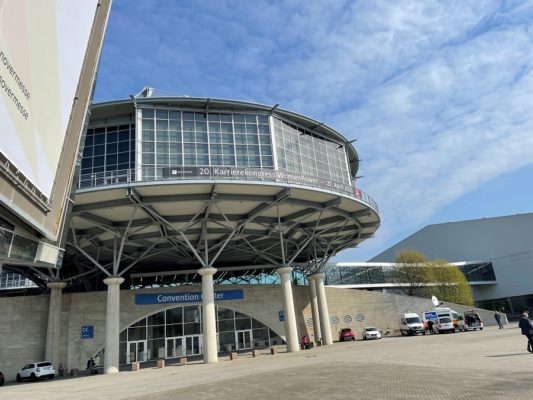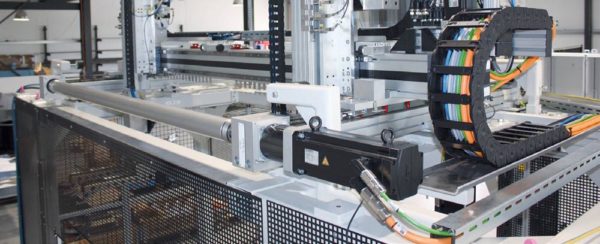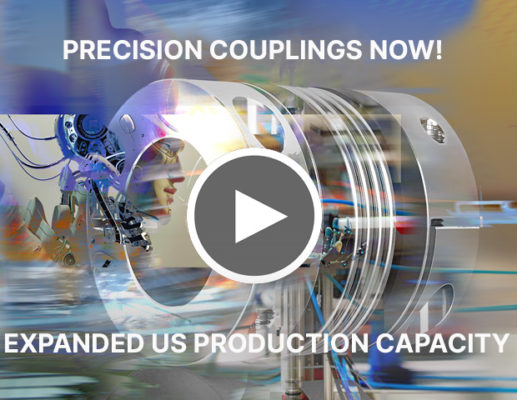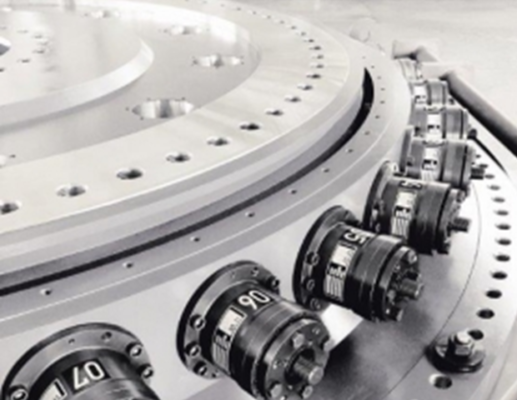Items Tagged with 'R+W America'
ARTICLES
Precision Coupling Basics—Stiff or Stiff Enough?
When selecting couplings for precise motion applications there are often questions about the most suitable approach for optimizing both performance and economy.
Read More











